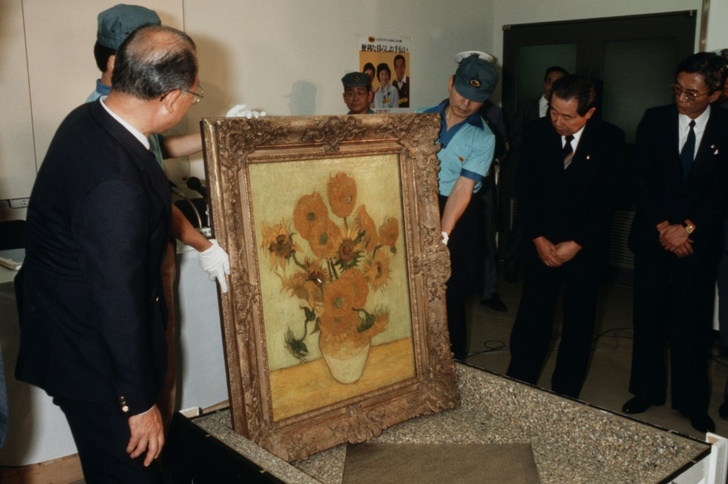A Japanese company has defended its ownership of Van Gogh's "Sunflowers", obtained at auction in 1987, after the family of its former owner filed a US lawsuit demanding its return.
The artwork -- one of five original versions of the famous still life -- was purchased by the predecessor of insurance firm Sompo Holdings at Christie's in London for $40 million, making it briefly the world's most expensive painting.
It has been on display in Tokyo at Sompo's art museum for 35 years, but recently became the subject of a legal battle centred on a previous sale in Germany prior to World War II.
The family of the painting's former owner, Jewish banker Paul von Mendelsohn-Bartholdy, filed a lawsuit in Illinois last month demanding the return of the artwork and hundreds of millions of dollars in damages.
They say Sompo's predecessor, Yasuda Fire & Marine Insurance, acquired the painting "in reckless disregard of its provenance, including Mendelssohn-Bartholdy's forced sale of the painting in Nazi Germany in 1934".
"Sompo Holdings wrongfully has employed the Painting to reap billions of dollars of unjust enrichment through a sophisticated branding strategy," the lawsuit said.
"Defendants have commercially exploited as a corporate emblem what they long have all but known was a Nazi-tainted artwork."
But Sompo Holdings defended its ownership of the painting in a statement to AFP on Tuesday, saying it "categorically rejects the complaint's allegations of wrongdoing".
The company "intends to vigorously defend its ownership rights in 'Sunflowers'", Sompo added.
It is not the only artwork that the heirs want returned.
They have filed similar lawsuits elsewhere, and in 2020, the National Gallery of Art in Washington DC returned a Picasso drawing to the family.
At the height of Japan's bubble economy in the 1980s and 90s, rich business people rushed to buy paintings as investments.
Paper tycoon Ryoei Saito also bought a Van Gogh -- "Portrait of Dr Gachet" -- in 1990 for $82.5 million.
Saito famously sparked outrage when he said he would have his expensive canvases put in his coffin and cremated with him when he died. He later recanted.
nf/kaf/smw
© Agence France-Presse
Your content is great. However, if any of the content contained herein violates any rights of yours, including those of copyright, please contact us immediately by e-mail at media[@]kissrpr.com.
Source: Story.KISSPR.com

